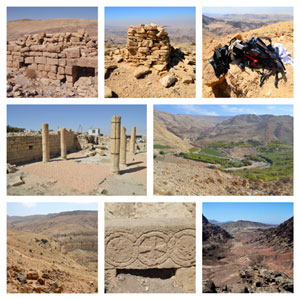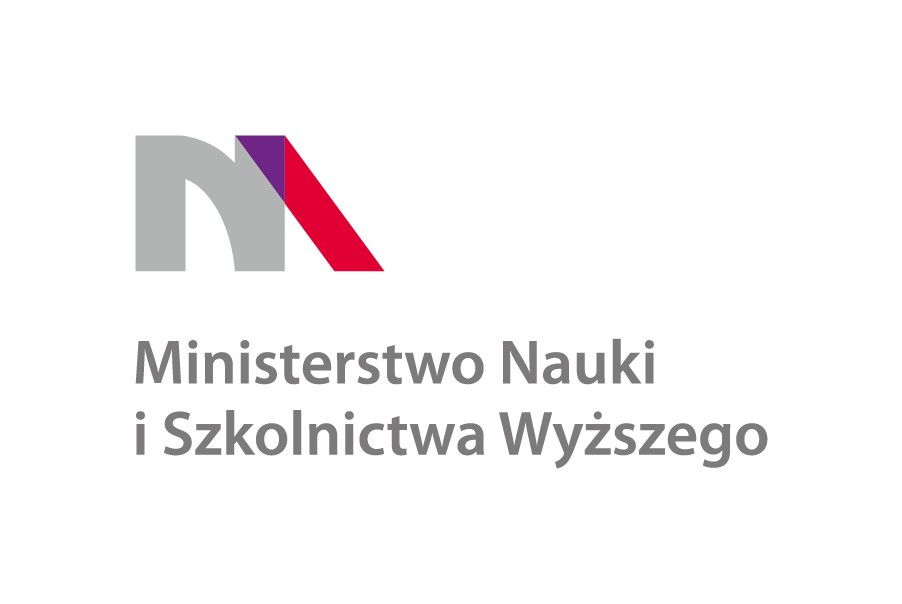INTERNATIONAL SYMPOSIUM: ROUTES, GOODS AND TIES. RECENT DISCOVERIES AND PROBLEMS OF SOUTHERN LEVANTINE ARCHAEOLOGY

C A L L F O R P A P E R S
--------------------
INTERNATIONAL SYMPOSIUM
ROUTES, GOODS AND TIES
RECENT DISCOVERIES AND PROBLEMS
OF SOUTHERN LEVANTINE ARCHAEOLOGY
POLAND, KRAKÓW, 7-9 JUNE 2019
ORGANIZERS
INSTITUTE OF ARCHAEOLOGY JAGIELLONIAN UNIVERSITY
EUCLID FOUNDATION FOR SCIENCE POPULARIZATION
The Near East is an area not only very important for the history of culture, but also very vast and diverse. The history of the land legible thanks to many scientific analysis makes it one of the most significant for learning the history of mankind - from the moment representatives of our species left Africa app. 200 thousand years ago until the present times. Between Paleolithic and Middle Ages the whole region was an arena of key events and changes, important for the development of the Near East societies which worked out the beginnings of agriculture, statehood, urbanisation, highly-specialised craftsmanship, religious canons, social and burial rituals, trade routes and methods etc. In this perspective, southern Levant was undoubtedly important due to its location as well as specific due to its environmental conditions.
Area of southern Levant was not isolated from its neighboring regions. Therefore, another important problem that has to be discussed are questions concerning pottery and flint/stone processing traditions, as well as the resulting issues of technologies or trade customs and methods both, local and reaching the area from the outside. Especially pottery production needs thorough studies and analyses because ceramic material usually becomes a basis for dating and building a network of relationships between sites and whole regions. Pottery inventories from the lands of southern Levant reveal both features resembling ceramics from the Egyptian and Levantine circle, but also those resembling the “Syrian-Mesopotamian” areas.
Research on the southern Levantine areas have a rich history and fascinating future. However, the boundaries between periods, areas and groups retain a disproportionate focus in detailed research, thus inhibiting a comprehensive understanding of ancient Near Eastern societies. Some periods remain poorly studied, with the transitional periods between them lacking adequate research and chronologies. Our view should therefore be broad and open to phenomena and processes covering broad chronological and geographical areas. The new excavations in connection with laboratory research and supplementary surface surveys and meta-analysis will lead to creating a coherent image of the region, and determining the dynamics of changes occurring here at the specific moments of its history.
We invite you to share your research and questions about the history of the southern Levant from the earliest periods to the Middle Ages
The framework of the conference provides an important opportunity for all scholars to present their research or to discuss problems released in the papers presented by other colleagues. Given its international spirit, the official language of the conference will be English. The time for single presentation will be 20 min.
Zadanie finansowane w ramach umowy nr 951/P-DUN/2018 ze środków Ministerstwa Nauki i Szkolnictwa Wyższego przeznaczonych na działalność upowszechniającą naukę / Task financed under the agreement No. 951 / P-DUN / 2018 from the funds of the Ministry of Science and Higher Education for activities promoting science

PROPOSED TOPICS (YOUR SUBMISSIONS MAY ALSO APPLY TO OTHER RESEARCH PROBLEMS)
- Archaeology of the southern Levant - recent discoveries
- Archaeology of religion, rituals and temples
- Archaeological traditions, borders and gaps
- Trade routes & methods, archaeology of trade
- Settlement archaeology
- Paleolithic & epipalaeolithic Near East
- The dead and the living: funeral spaces
- The origins of pastoralism & sedentism
- Urbanization processes & changes
- Heritage protection in the southern Levant
- Public archaeology in the region of southern Levant
HOW TO PARTICIPATE
In order to present a paper or a poster at the symposium, you are required to send an Abstract via email to: kolodziejczyk@farkha.org before the 30th of March 2019 according to the following specification:
- Maximum 400 words; Clear title; Name, affiliation/s and contacts of the author/s
- If proposal concern multiple Authors, list the person who will read the paper (Speaker)
Information on accepted abstracts will be sent to the authors via e-mail till 5th April 2019. Accepted abstracts will be published on the official website and will be printed in the Abstracts Book.
Participants of the conference must cover by their own costs of arrival and accomodation as well the the conference fee.
-------------------------------------------------------
CONFERENCE FEES
Speakers & Authors
REGULAR - 80 EUR STUDENT & PhD CANDIDATE - 60 EUR
Participants without presentation
REGULAR - 60 EUR STUDENT & PhD CANDIDATE - 40 EUR
-------------------------------------------------------
CONFERENCCE FEE SHOULD BE PAID UNTIL 1st June 2019
CONFERENCE VENUE & SPECIAL EVENTS
The sessions will take place in the lecture rooms of the Jagiellonian University. Social events will be located in the historical city center of Krakow.
During the conference, our guests will have opportunity to visit the Wieliczka Salt Mine and Wawel Royal Castle and will participate in the opening of the exhibition dedicated to Polish research in Jordan and the accompanying banquet.
FOR MORE INFORMATION DO NOT HESITATE TO CONTACT:
Dr Piotr Kołodziejczyk (kolodziejczyk@farkha.org)
ALL INFORMATION WILL BE ALSO AVAILABLE AT SYMPOSIUM WEBSITE: http://fundacjaeuklidesa.org/rgt2019symposium
Osoba publikująca: Piotr Kołodziejczyk

